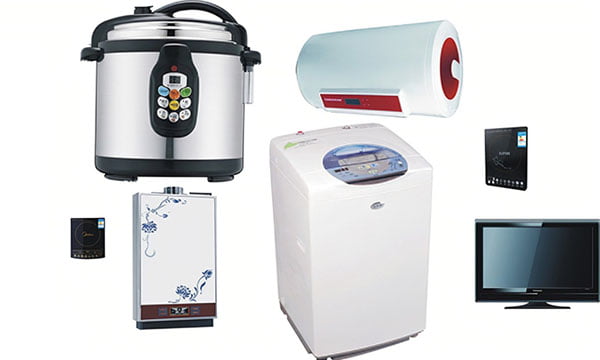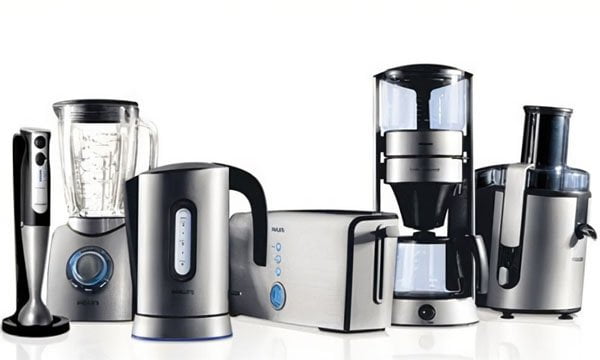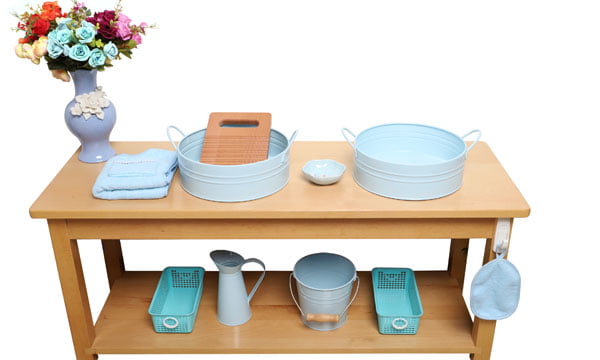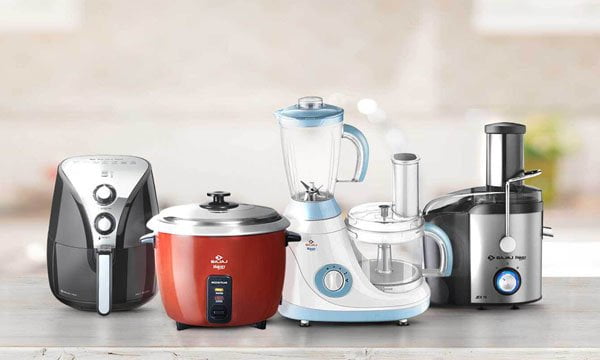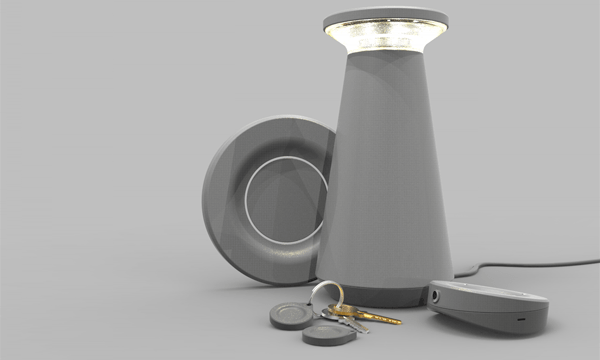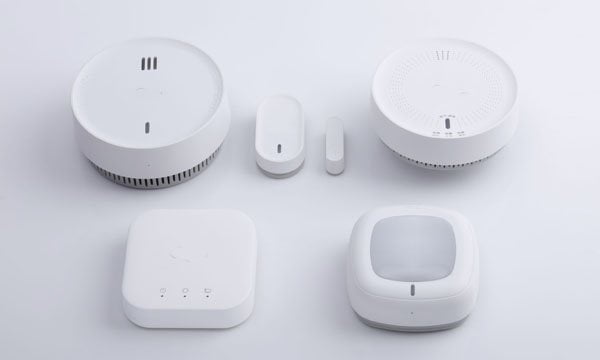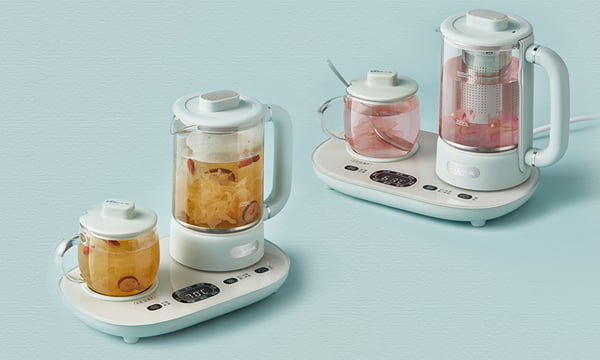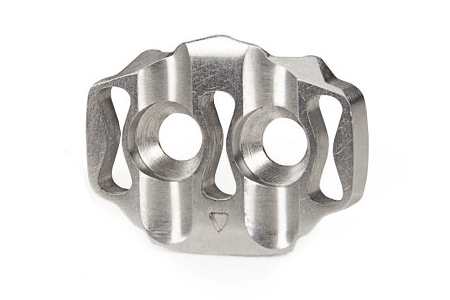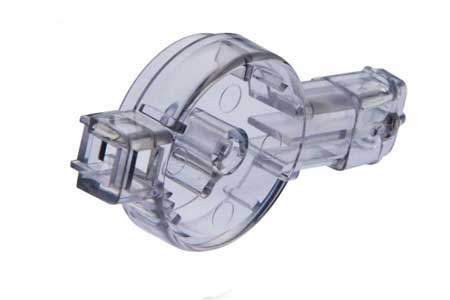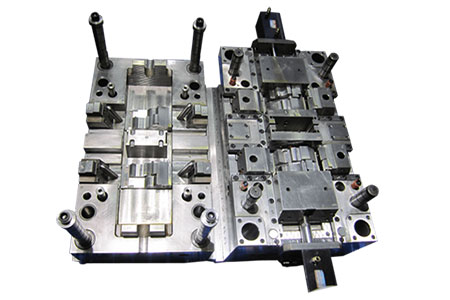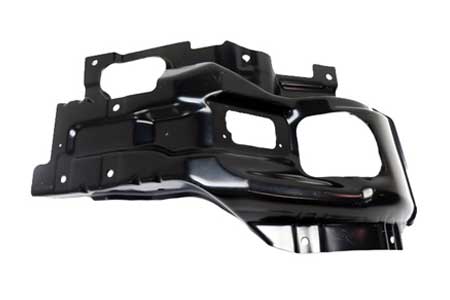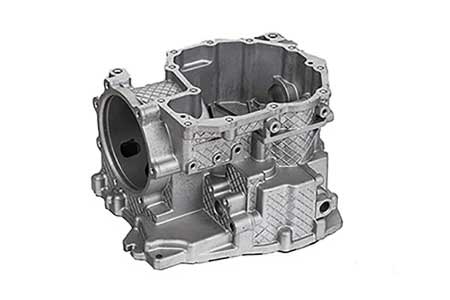Rapid Prototyping Technologies Speed Up Product Development in the Home Appliance Industry
In today's fast-paced consumer market, getting new products to market quickly is key for home appliance manufacturers to stay competitive. While product quality and performance are still top priorities, the ability to significantly shorten development cycles through rapid prototyping gives companies a major advantage. By creating preliminary models in a fraction of the time using technologies like 3D printing, CNC machining, and laser cutting, designers can iterate prototype designs more efficiently to optimize products before production. This allows errors to be found and addressed sooner, resulting in higher quality end products that better meet customer needs.
How Rapid Prototyping Benefits the Design Process
For home appliance designers, having physical prototypes early in the design process provides immense value. It allows them to test form, fit, and function before committing to more costly production methods. Engineers can simulate how users will interact with a product to identify any usability issues. Integrating hardware and software components into a prototype also enables functionality testing that isn't possible with CAD models alone. Receiving feedback from prototyping so early helps guide design refinements before significant resources are invested into tooling or manufacturing.
Prototyping for Improved Communication and Decision Making
Being able to produce prototype models on demand also facilitates better communication throughout the development process. Design teams can more easily collaborate across locations by sharing physical representations of concepts. Showcasing prototypes to clients, manufacturers, supply chain partners, and others also makes proposed designs much clearer compared to relying on drawings or renderings alone. This leads to better informed decision making that incorporates stakeholder perspectives earlier. Rapidly produced prototypes also allow exploring multiple design options simultaneously to determine the best path forward.
Cost and Time Savings Through Iterative Prototyping
For appliance manufacturers operating on tight deadlines, one of the biggest benefits of rapid prototyping technologies is the drastic reduction in the time required to produce prototypes. Whereas traditional prototyping methods like CNC machining plastic parts could take days or weeks, 3D printing now delivers finished parts in hours. This enables quick iteration - designers can produce, test, and refine multiple prototypes in the time it previously took to make just one. All of this happens much earlier in the design cycle, giving teams more opportunities to identify and address issues proactively before product launch. This iterative process ultimately saves substantial development costs by avoiding expensive late-stage reworks.
Real-World Testing of Appliance Prototypes
Once prototypes are created, home appliance designers conduct rigorous testing to evaluate real-world performance. Prototypes are put through testing simulating the harsh day-to-day use expected over a product's lifespan. This includes examining durability and reliability under heavy and repeated use over time. Other testing analyzes how prototypes withstand various environmental conditions like temperature and humidity extremes. Ergonomic factors are thoroughly vetted as well to ensure safe, intuitive user experiences. Uncovering any design flaws or weaknesses early through extensive prototyping testing results in far more robust end products that last.
Rapid Prototyping Technologies Commonly Used in Appliance Design
A variety of rapid prototyping methods have become indispensable tools for home appliance engineers and industrial designers. 3D printing is one of the most versatile, enabling the creation of prototypes with intricate geometries or moving components not possible through traditional manufacturing. Multi-material 3D printing has further expanded possibilities. CNC machining remains valuable for prototypes made from durable materials like metals. Laser cutting also provides precision for sheet prototyping needs. Composite 3D printing now offers the ability to simulate finished product aesthetics and textures earlier as well. The combination of these advanced prototyping technologies delivers highly realistic appliance prototypes in a fraction of the time of old methods.
Enhancing Product Development, Innovation, and Time to Market
By fundamentally changing how prototypes are created, rapid prototyping opens entirely new possibilities for innovation in home appliance design. With iterative prototyping taking place much earlier, companies can evaluate many more design concepts to push boundaries. Rather than being confined by limitations of traditional manufacturing, designers are liberated to challenge conventions and explore truly new product forms, features, and interactions that better serve evolving customer needs. The compressed development cycles enabled through rapid prototyping also give appliance brands a significant competitive advantage in quickly delivering new, high-quality products to market ahead of competitors. Overall, rapid prototyping has transformed the home appliance industry by fueling continued product innovation at an accelerating pace. In conclusion, rapid prototyping technologies have become indispensible for home appliance product development teams focused on innovation, quality, and accelerated time to market. By dramatically shortening the time required to produce highly realistic early-stage prototypes, designers gain valuable opportunities to rigorously test, refine, and validate new concepts earlier in the process when adjustments are least costly. This iterative prototyping approach has led to substantial savings in development time and costs across the industry, while driving continued advancement to deliver appliances that exceed customer expectations. With more advanced rapid prototyping methods on the horizon, its impact on the future of appliance design will only continue increasing.
Professional rapid prototyping services
3D Printing Service: We offer high-quality, fast and affordable 3D printing solutions for various industries and applications. Contact us today for a free quote.
Precision CNC Machining service provides high-quality custom parts with tight tolerances and fast turnaround times. Contact us for a free quote today.
Rapid tooling service is a process that uses 3D printing or CNC machining to create custom molds or prototypes in a short time. It is suitable for low-volume production or testing purposes.
Plastic & Metal Batch Production
Plastic mold making is a process of manufacturing plastic products that involves creating a physical mold of a designed shape, using it to produce plastic products with the desired shape and size.
Plastic injection molding service is a process of producing plastic parts by injecting molten plastic into a mold. It is fast, precise and cost-effective.
Metal die casting service is a process of creating metal parts by injecting molten metal into a mold. It offers high precision, durability and cost-effectiveness for various industries.
V1 Rapid Prototype helping people make parts and products in 2006. We offer in terms of quality and service and with the aim to become the fastest and most dependable in the world.
As our company and customer base has grown so has our range of services. We are now one of the only companies in the world to offer such a massive range of prototyping and bespoke low volume manufacturing solutions all under one roof. Our high tech rapid prototyping and production facilities include CNC milling, 3D printing (SLA and SLS), vacuum casting (cast urethanes), sheet metal and rapid tooling and injection molding as well as traditional model making and a range of finishing techniques.
leave a message
Contact
Contact us now to bring your idea into reality, our professional team will respond you in 24 hours after we get your email.
- Email: info@v-1.com
- Office Address: 2nd Floor, NO. 10 Lianhu Road, Changan Town, Dongguan City, Guangdong Province, China, 523850
- Factory Address: No.38, Hexing Road, Shatou, Changan Town, Dongguan City, Guangdong Province, China, 523850

